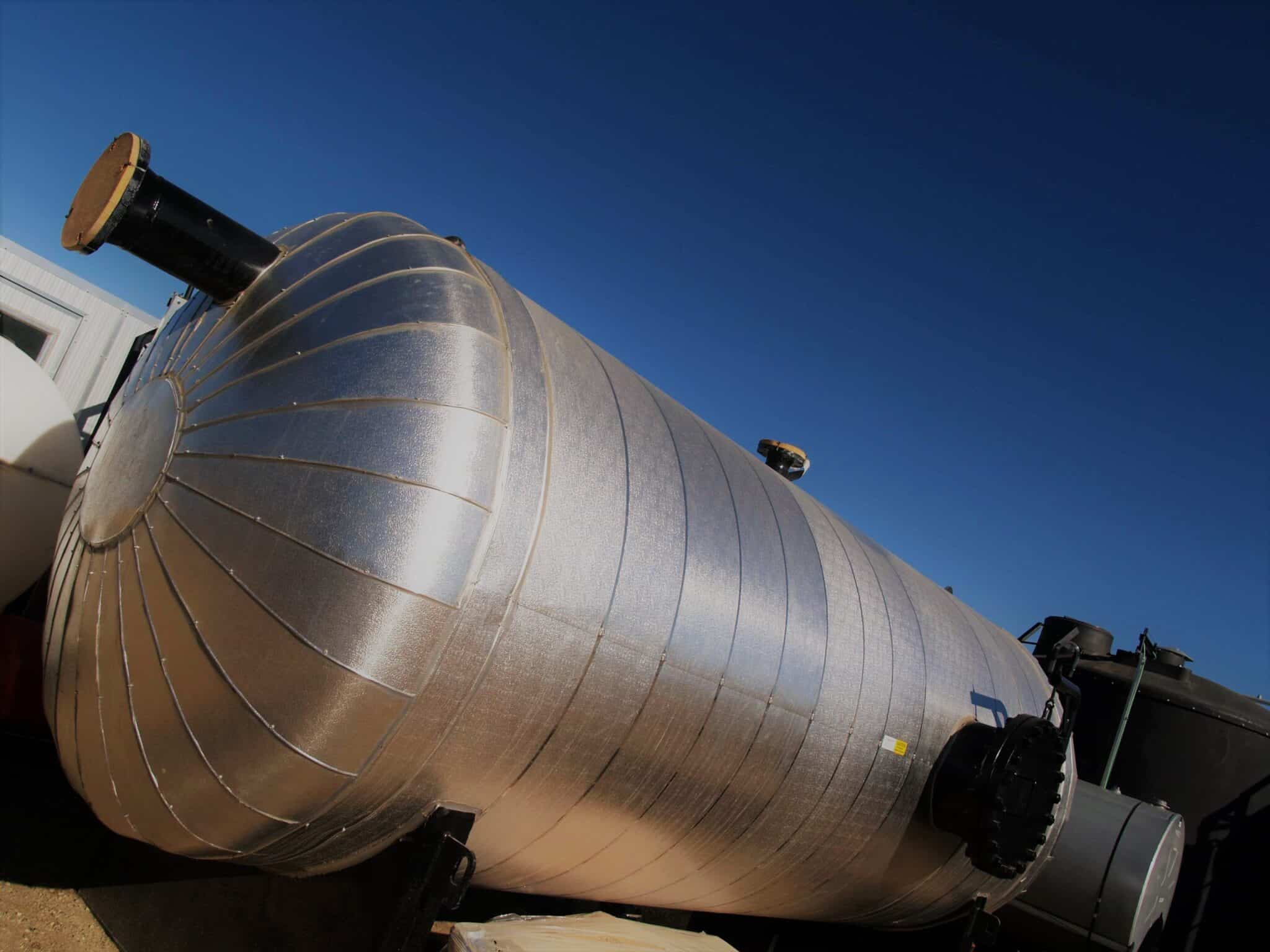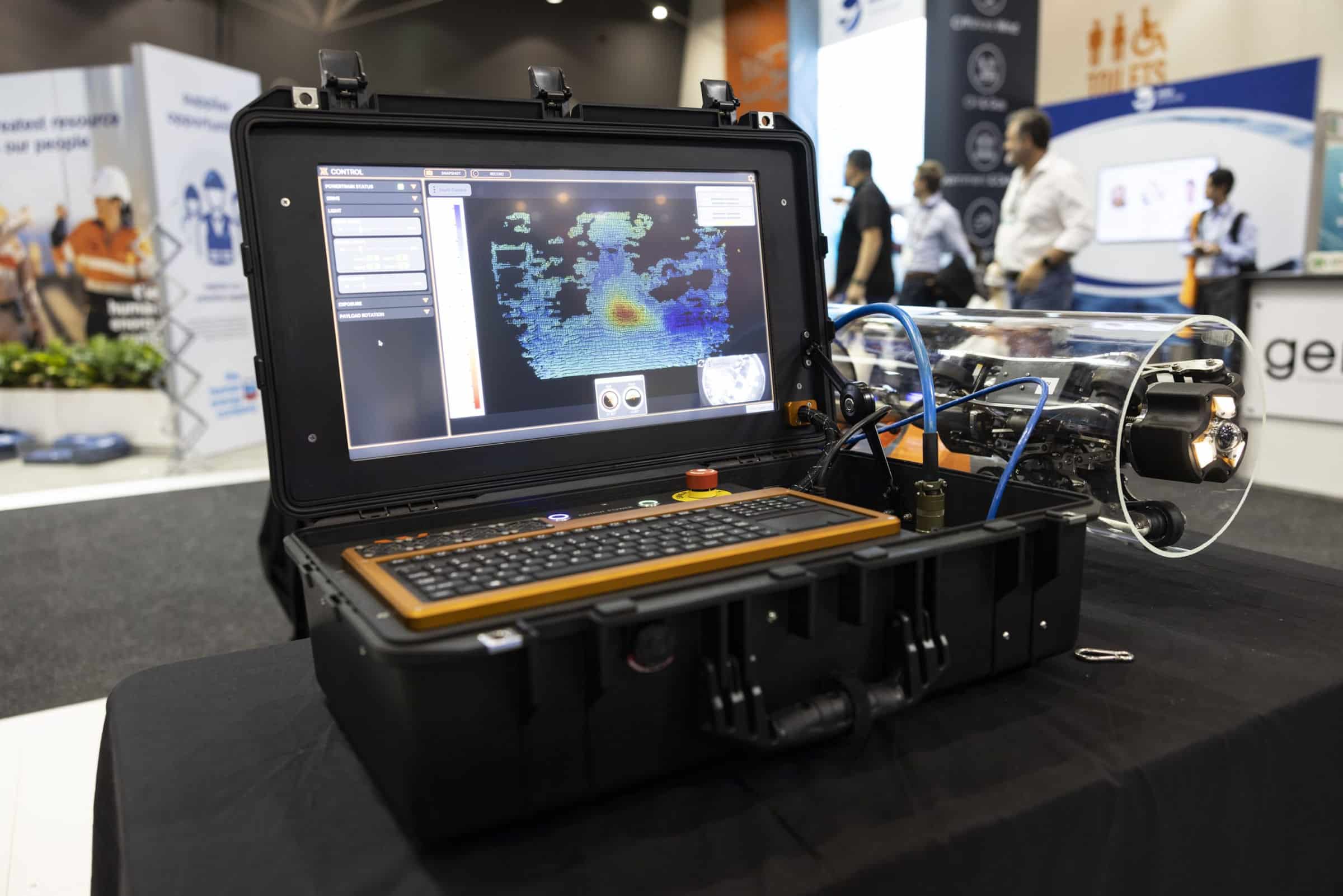Robotic offshore inspection
The challenges presented in the inspection of a flare knock-out drum on an offshore platform, including the advantages and practicalities of employing robotic inspection in the role.

The inspection of flare knock-out drums (flare/vent scrubbers or relief drums) is typically carried out every five years. Currently, the industry norm is that of primary visual testing (VT) followed by further non-destructive-testing (NDT) should it be deemed appropriate.
Flare knock-out drums on an oil rig are the final asset in the production chain, removing the liquid droplets that carry over with the gas relief sent to the flare. The purpose of testing is to determine the integrity of all internal components, such as the welds, separators, nozzles and heating lines.
The key elements and challenges of current VT practice are as follows:
- The need for human entrance into the confined space of the knock-out drum.
- More than 80% of assets are found to be in good condition, and don’t require any further testing or intervention.
- VT leads to extended downtime and presents significant hazards to those carrying out the inspection.
In 2016 an oil platform operator in the North Sea commissioned the use of a remote visual inspection (RVI) crawler to carry out the inspection of a knock-out drum on the platform. This was the first time this had been carried out on the Norwegian shelf, with the aim of discovering what advantages robotic inspection offered over that of VT.
The study
The knock-out drum had previously been inspected using VT in 2011. The company instructed its inspector to carry out the robotic inspection to compare it against more traditional methods.
The first factor was to determine the type of remote vehicle to be utilised. After considering various technologies, such as an inspection arm, a magnetic crawler was selected as the most appropriate for the task. A non-intrusive inspection was then carried out to establish that the flare knock-out drum was suitable for robotic inspection. Two inspectors were to be trained in the use of their chosen robotic platform – such as those manufactured by Nexxis– and carry out the task.
The inspection involved determining the condition of the inside of the drum, that the inlet arrangement was intact, that the bolts and plates weren’t loose and that the coating on the bottom wasn’t compromised.
The findings
The inspection resolution provided by the camera was good, detecting light surface corrosion that was verified and checked using phased array from the outside. The inspection data was reviewed by the inspection and operation group, and the results showed that the tank was in adequate condition and therefore didn’t need to be opened for further VT during the turnaround this year.

Practical considerations
The results of this test study were extremely positive, and were determined as the following:
- The use of a robotic crawler removed the requirement for human entry and negated the need for blinding, cleaning and scaffolding the tank for inspection.
- This saved around 1,500 man hours.
- HSE was improved by not exposing inspection personnel to a hazardous environment.
- The data returned by the RVI was of high quality and the results were verified with phased array during the turnaround.
- Monetary savings amounted to one million NOK (€100,000).
Based on the successful results of the study, a change was made to the company’s standard inspection procedure for flare knock-out drums, utilising remote robotics as the preferred choice for all future inspections.
Implications and way forward
This case study is a classic example of how crucial it is for companies to be aware of and embrace such advances. In a constantly changing market, equipment provider Nexxis is at the forefront of such global robotic technology, and partners with its customers to determine the solutions necessary to have the much-needed competitive edge.

